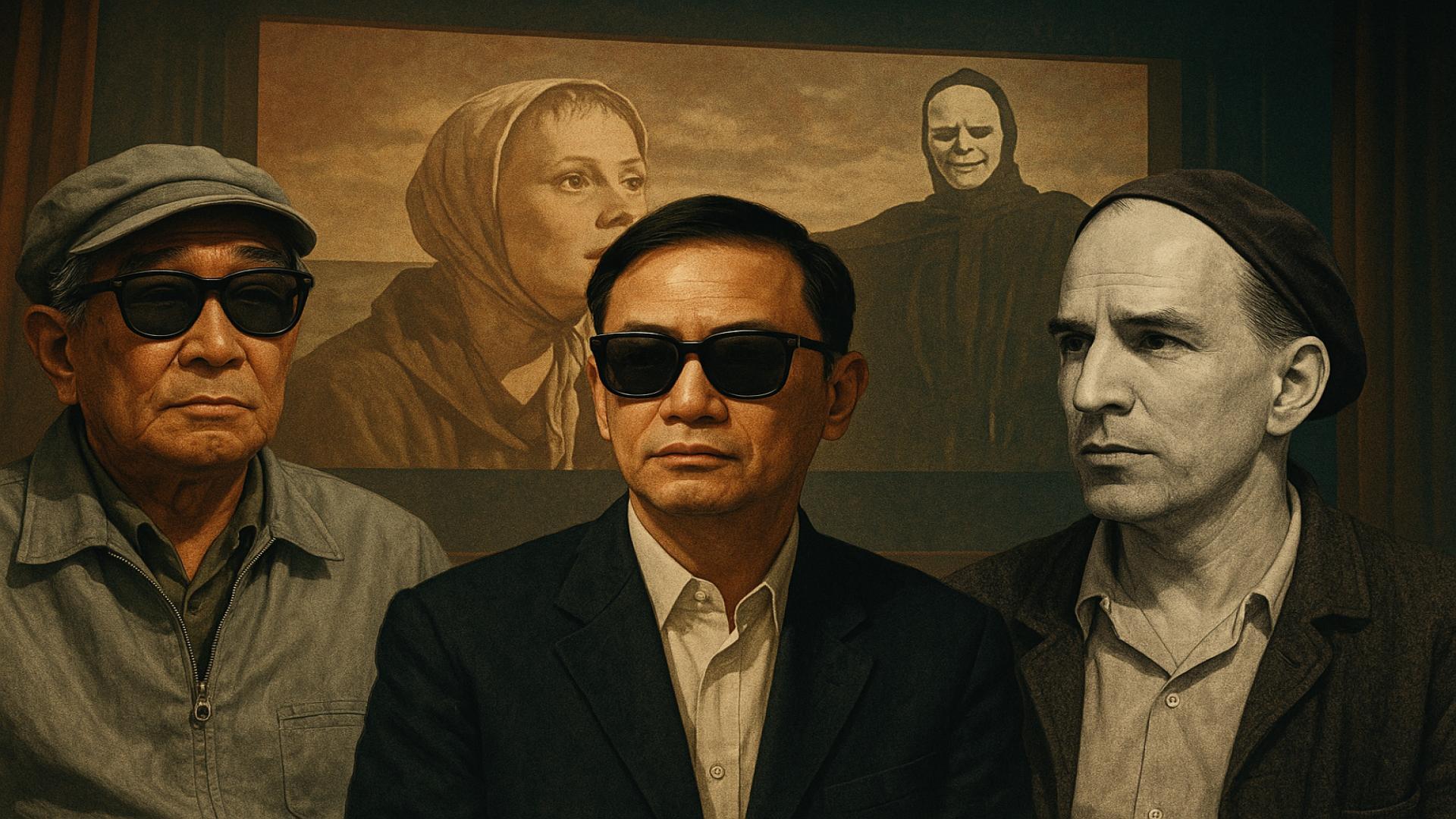1. Ingmar Bergman

Swedish filmmaker Ingmar Bergman revolutionized arthouse cinema with his profound examinations of existence, faith, and the complexities of human relationships. Renowned for masterpieces like The Seventh Seal and Persona, Bergman’s films delve into the depths of the human psyche, often blurring the boundaries between reality and imagination. His uncompromising artistic vision and introspective storytelling set a new standard for cinematic art, profoundly influencing generations of filmmakers. Bergman’s legacy endures, as his works are continually referenced and revered by cinephiles and creators across the globe (via Britannica: Ingmar Bergman).






















